Proper Bengal cat nutrition is key to keeping your active, wild-looking feline healthy, energetic, and with that signature glossy coat. Bengal cats, known for their leopard-like spots and playful nature, have unique dietary needs due to their short intestines and sensitive digestive systems inherited from wild ancestors. Whether you’re welcoming a Bengal kitten home or caring for an adult, the right feeding approach prevents common issues like Bengal diarrhea and supports optimal growth. In this guide, we’ll cover commercial foods, natural diets, foods to avoid, and expert tips to ensure balanced nutrition.
Bengal owners often debate between convenience and customization. Premium commercial cat food offers balance and ease, while natural raw feeding mimics their predatory instincts. Whichever you choose, transition gradually over about a month to avoid tummy troubles. For more on short haired cat breeds like Bengals, check our related articles.
Commercial Dry and Wet Food for Bengals
Commercial cat foods are a popular choice for busy Bengal owners because they’re formulated with balanced nutrients, saving time on prep. Opt for premium brands with high-quality, natural ingredients—avoid cheap options loaded with fillers like bones, hides, or feathers, which lack real meat protein and can lead to kidney stones or deficiencies.
Veterinarians recommend dry foods with at least 26% protein and 9% fat, especially for kittens during their first year when intestines are most sensitive. Trusted options include Royal Canin Bengal Adult, Royal Canin Kitten, Purina One True Instinct Grain-Free, and Purina One Grain-Free Pate wet food. These provide essential taurine, vitamins, and minerals tailored for Bengals.
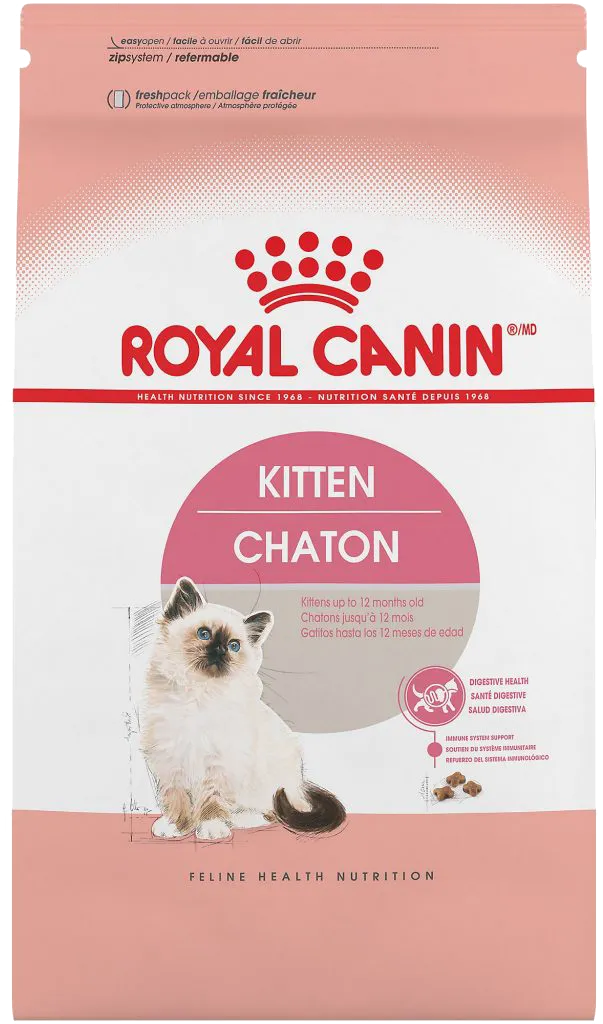 rc chaton
rc chaton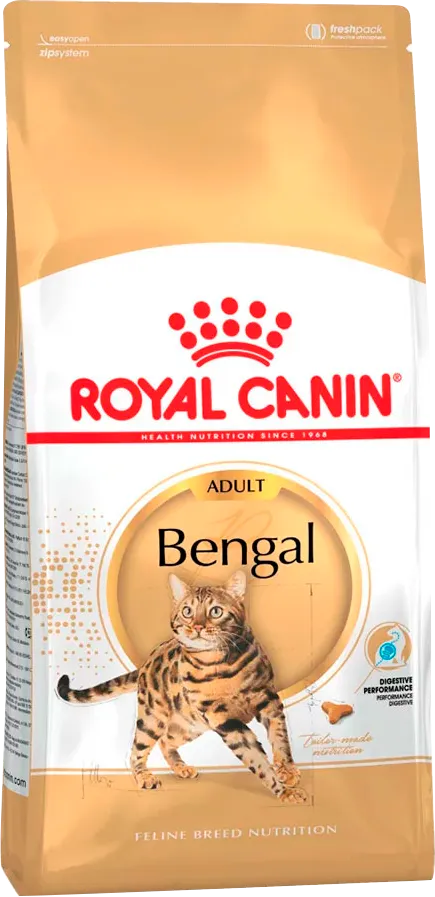 rc bengal
rc bengal purina one
purina one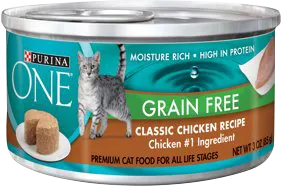 purina
purina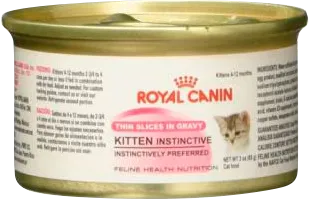 rc kitten 1
rc kitten 1
Adult Bengals on dry food need constant access to fresh, running water—consider a pet fountain, as they prefer moving water. Switching from natural to commercial can upset stomachs, so monitor weight closely; Bengals are prone to gaining extra pounds, so reduce portions or go low-calorie if needed.
Natural Raw Feeding for Bengal Cats
As obligate carnivores, Bengals thrive on a predator-style diet: 70% lean raw meat, frozen first to kill parasites. Serve at room temperature, in chunks (not ground) to match their natural chewing and digestion. Bones from chicken necks, quail, or small bird spines provide calcium, clean teeth, and exercise jaws—never cooked, as they splinter and block intestines.
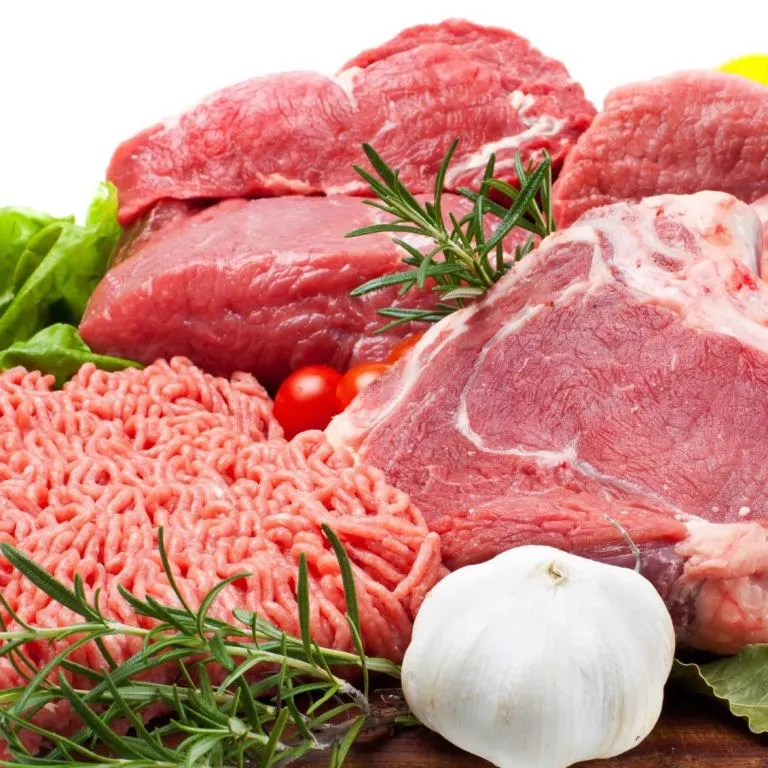 meat
meat
Offal like hearts (up to 40% of diet for taurine), livers (max 5% to avoid vitamin A excess), gizzards, and kidneys add variety. Supplements include quail eggs (1-2 weekly), cottage cheese (up to 15g/day for calcium), and bran for fiber. Vegetables like pumpkin or carrots (small amounts) aid digestion but aren’t essential.
Daily intake: 3-5% of body weight for adults, up to 10% for kittens, split into two meals. Mono feeding (one meat type per meal) or mixes both work—observe what your cat enjoys. For insights into all kinds of cats, explore our breed guides.
Foods to Avoid in Bengal Cat Nutrition
Certain foods wreak havoc on Bengal digestion. Here’s a quick table of no-gos:
| No. | Forbidden Food | Why Avoid? |
|---|---|---|
| 1 | Fish/chicken bones | Choking hazard, internal damage |
| 2 | Pork, lamb, fatty poultry | High fat, poor digestion, parasites |
| 3 | Spicy/smoked/fried foods | Indigestion, chronic illness |
| 4 | Sugar, chocolate, sweets | Metabolism disruption, poisoning |
| 5 | Potatoes, grains, porridge | Indigestible starches, diarrhea |
| 6 | Beans, cabbage | Gas, bloating |
| 7 | Salt, spices, human meds | Harmful or useless |
Chocolate’s theobromine is toxic—potentially fatal. No human food sharing!
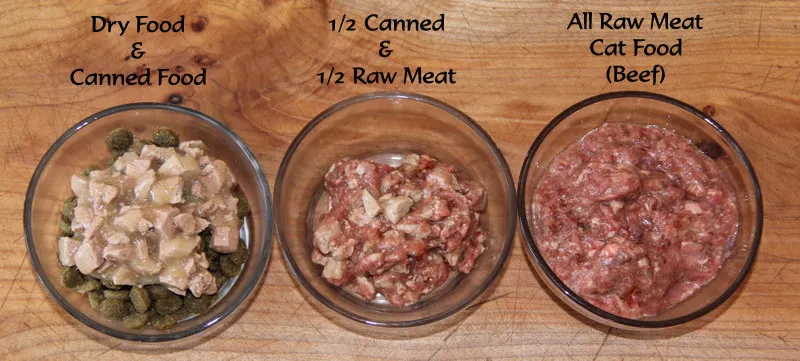 food for bengal cat
food for bengal cat
Fish is okay occasionally (tuna, salmon—frozen or boiled, boneless) for omega-3s, but not as a staple due to phosphorus and thiaminase. Day-old chicks make a nutrient-rich treat (phosphorus, vitamins), limited to 1-7 weekly from trusted sources.
Frequently Asked Questions on Bengal Cat Nutrition
Can Bengals eat porridge or grains? No—lacking enzymes, it causes diarrhea or nutrient block.
Raw or cooked meat? Raw only; cooking destroys nutrients and hardens bones.
Bones with or without? With, raw and fleshy—essential for calcium.
Pork or lamb? Never—fatty, organ-straining.
De-worming frequency? Every 3-6 months, vet-guided, regardless of diet. Freeze meat to minimize risks.
Vitamin supplements needed? Rarely, if diet is varied with bones/offal.
Naturally fed Bengals drink less (food is 80% moisture) and poop less (1-3 days), with firm stools indicating good absorption.
Parasites aren’t raw-meat exclusive—hunting or floors spread them. Hygiene, freezing, and vet checkups are key. Per parasitologist insights, cats resist many human parasites; focus on prevention over fear.
For unique traits, see our piece on shedless cats.
Bones, Parasites, and Expert Tips
Bones supply 99% of calcium needs via stomach acid digestion—raw only. Cooked ones block GI tracts.
Parasite fears are overstated; slaughterhouse meat is inspected. Revolution drops handle many worms effectively.
Conclusion
Mastering Bengal cat nutrition means balancing meat-heavy meals, avoiding toxins, and tailoring to your pet’s needs—commercial for ease, raw for instinct. Monitor weight, provide water, de-worm regularly, and consult vets for personalized advice. Your Bengal will reward you with vitality and shine.
Explore more like exotic persian cat or biggest domestic cat breed for breed comparisons!
References
- American Veterinary Medical Association (AVMA) guidelines on feline nutrition.
- Feline Nutrition Foundation: Raw diets and safety.
- Royal Canin Veterinary Research on breed-specific needs.
